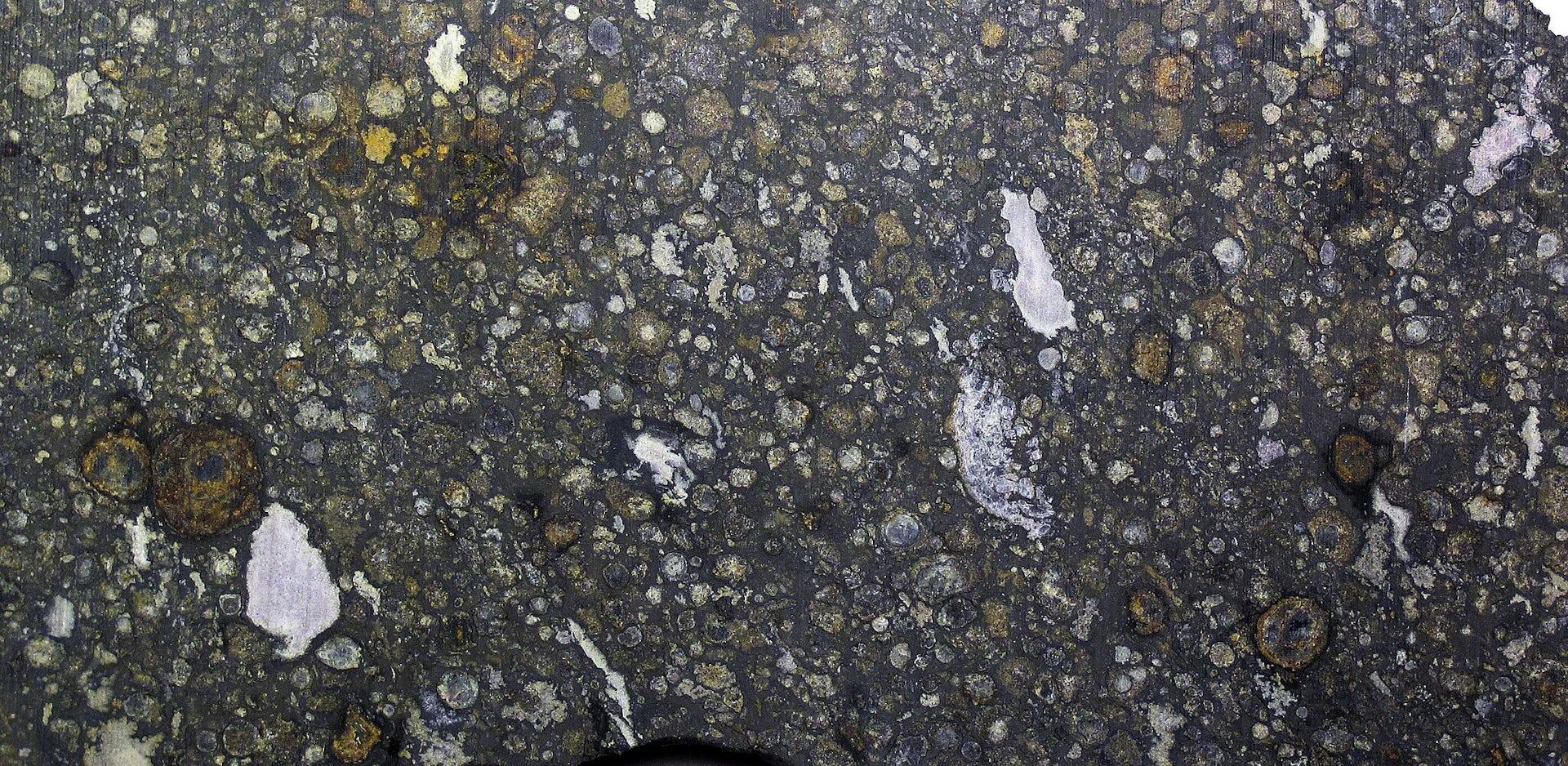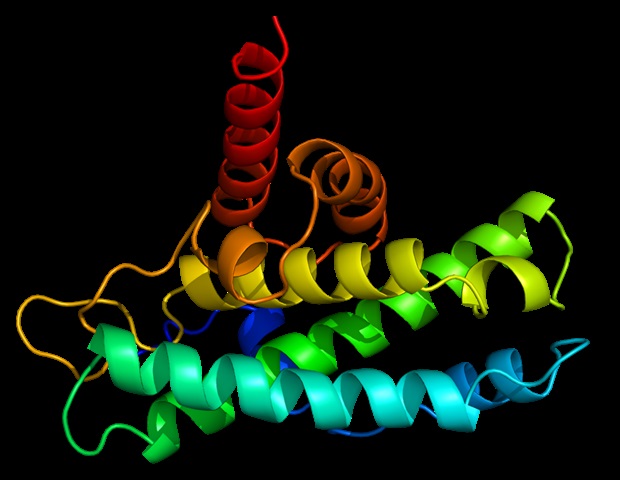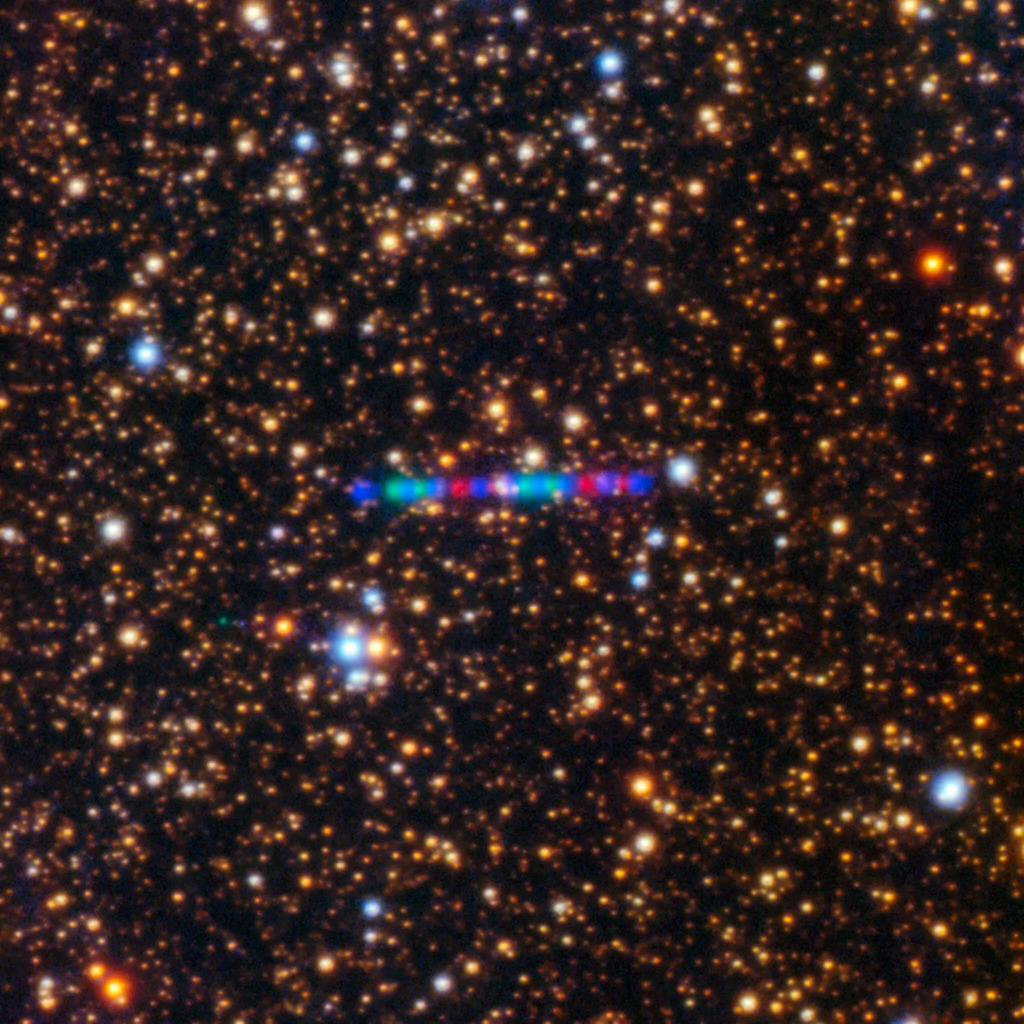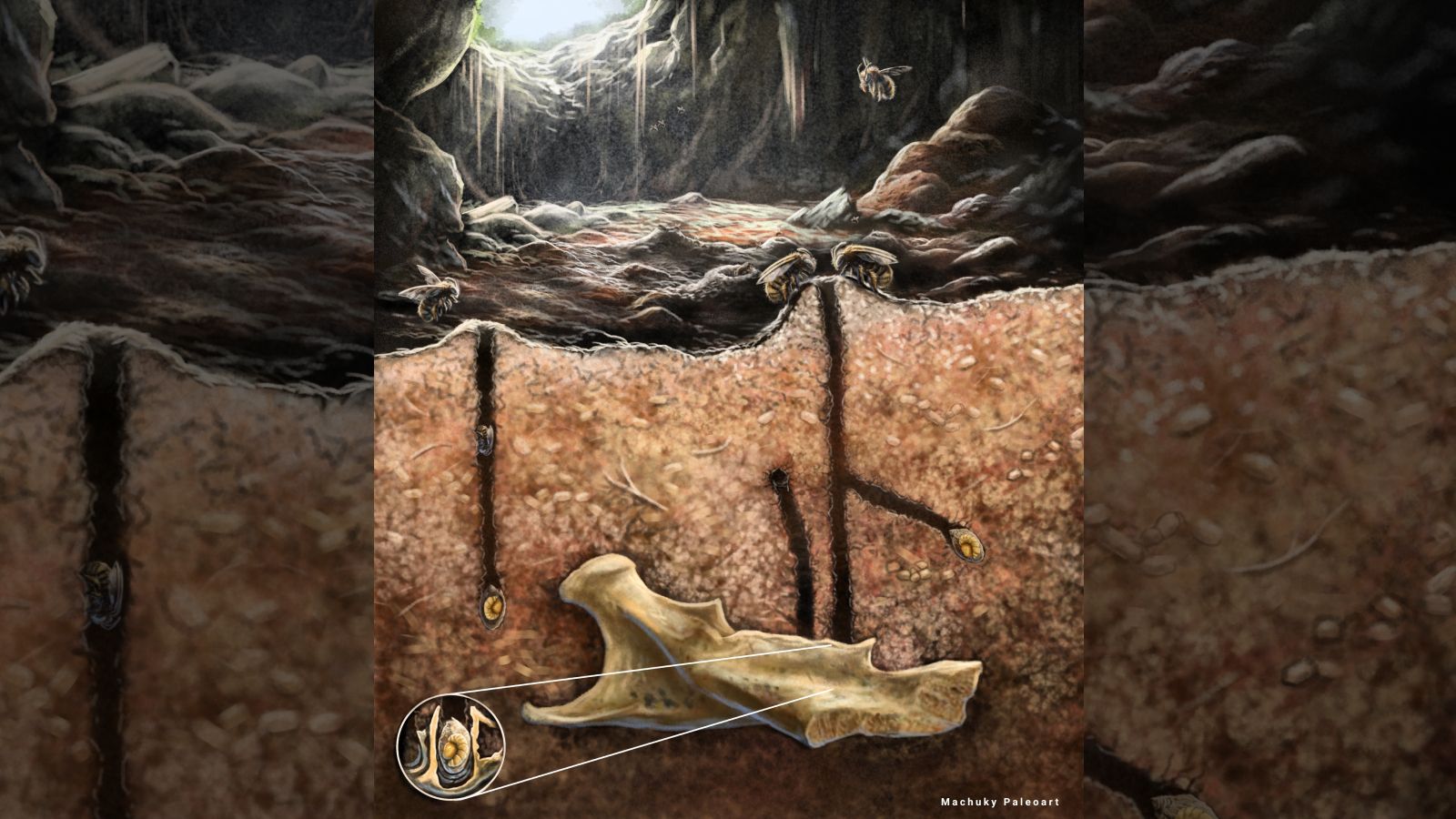A newly revealed molecular tug-of-war may have implications for better understanding how a multitude of diseases and disorders – including cancers, neurodegenerative diseases and immune disorders – originate, as well as how to…
Category: 7. Science
-
World’s smallest robots powered using ‘micro brains’ come to life – Mid-day
- World’s smallest robots powered using ‘micro brains’ come to life Mid-day
- Scientists build ‘grain of salt’ sized robot that can travel through human body ARY News
- World’s smallest programmable robots think, swim, and sense temperature…
Continue Reading
-
Expression of DNA-damage response genes after exposure to high LET particles used in BNCT in glioblastoma cells with altered radiosensitivity
Cruz, J. V. R. et al. Obstacles to glioblastoma treatment two decades after Temozolomide. Cancers (Basel). 14. https://doi.org/10.3390/cancers14133203 (2022).
Araszkiewicz, M. et al. The irradiation system for studying biological effects in…
Continue Reading
-

Can Scientists Detect Life Without Knowing What it Looks Like? Research Using Machine Learning Offers a New Way
Newswise — When NASA scientists opened the sample return canister from the OSIRIS-REx asteroid sample mission in late 2023, they found something astonishing.
Dust and rock collected from the asteroid Bennu contained…
Continue Reading
-

Researchers identify partner protein that supports appetite regulating-protein
A protein essential to the human body for managing energy and regulating appetite relies on a partner protein, according to new research, and the findings could help researchers better understand genetic obesity.
In a paper…
Continue Reading
-

SETI Institute In the News: November Roundup 2025
Moss in space: spores survive nine-month ride on outside of ISS
As space agencies plan for long-duration missions beyond Earth, researchers are testing how terrestrial life withstands extreme extraterrestrial environments. A…
Continue Reading
-

Student who discovered the pulsar changed astronomy forever
On November 28, 1967, astronomy graduate student Jocelyn Bell Burnell at Cambridge spotted a tiny repeating mark on miles of radio data. That odd signal turned out to be from the first known pulsar, an ultra dense stellar corpse that sweeps radio…
Continue Reading
-
Strong new evidence weakens claims that 3I/ATLAS is alien-made – Chron
- Strong new evidence weakens claims that 3I/ATLAS is alien-made Chron
- 3I/ATLAS Still Shows an Anti-Tail, as it Gets Closer to Earth Avi Loeb – Medium
- How to see interstellar comet 3I/ATLAS as it swings by Earth one last time Pakistan Today
Continue Reading
-

Q&A: From ‘mongoose-like’ to lions, tigers and bears (oh my) — how changes in Earth’s climate shaped carnivorans
December 16, 2025
The ancestors of all modern members of the order Carnivora, which includes a variety of mammalian species, such as cats, bears, wolves…
Continue Reading
-

Ancient burrowing bees made their nests in the tooth cavities and vertebrae of dead rodents, scientists discover
More than 5,000 years ago, burrowing bees made their homes inside heaps of rodent bones buried in a cave on Hispaniola, the Caribbean island that comprises the Dominican Republic and Haiti, a new fossil study suggests.
The bees encountered the…
Continue Reading
